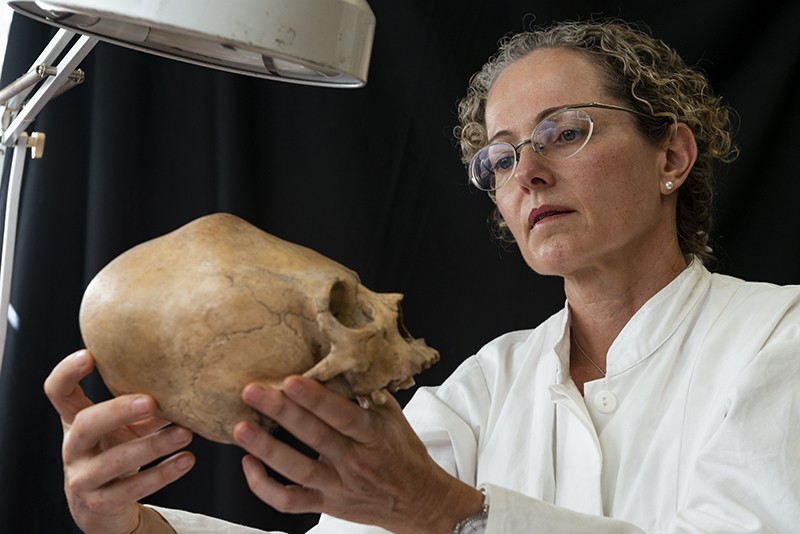Erik Vance

An elongated skull from the Classic Maya Period reveals clues about the tradition of shaping infants’ heads to alter their growth.Credit: Pim Schalkwijk
The Autonomous University of the Yucatán, in the Mexican city of Mérida, holds one of the most comprehensive libraries on Earth. But few books line the shelves on the bottom floor of the anthropological sciences building. Instead, boxes are stacked from floor to ceiling in almost every corner of the laboratory, with labels naming Calakmul, Pomuch or Xcambo and other ancient Maya ruins. Inside every box is a set of human bones.
Bodies from some 2,000 burials are stored here, with another 10,000 records of others in a database. The remains of some of the most famous Maya kings have passed through this room at the university. Ancient paupers, warriors, priests, scribes, lords, ladies and artisans — the lab has seen them all.
No comments:
Post a Comment